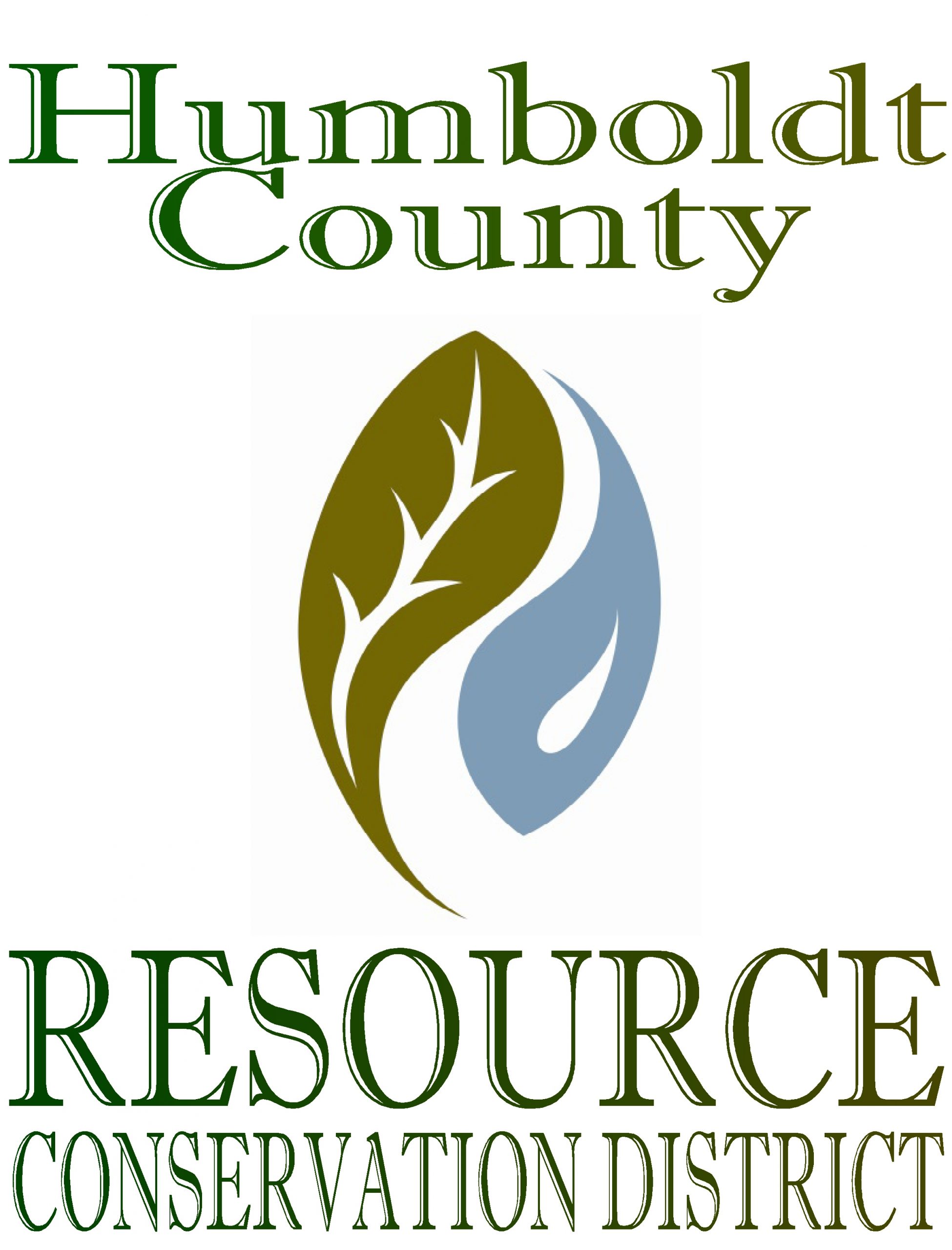
Carbon Farm & Soil Health Planning Technical Assistance Application
The Humboldt County Resource Conservation District (HCRCD) is inviting agricultural land managers who are interested in conservation, soil health, and carbon sequestration to apply to receive technical assistance with on-farm planning at no cost. Plans can be used to seek funding for implementation of recommended practices. HCRCD anticipates selecting 10 – 16 land managers to receive plans over the next two years. This application packet serves as a guidance document that establishes the process, procedures, and general requirements to apply for and receive technical assistance.
The application deadline for the first round of application review is September 30, 2023; however, applications will be accepted on a rolling basis and reviewed quarterly until March 31, 2025. Applications can be filled on the fillable form, below, and emailed to ag@hcrcd.org, or downloaded and sent via hardcopy to 5630 South Broadway, Eureka, CA 95503. If you need assistance filling out the application, contact us at ag@hcrcd.org.
Carbon Farm & Soil Health Application – fillable form
Carbon Farm & Soil Health Application – hardcopy form
What is carbon farming?
Carbon Farming is a process designed to maximize agriculture’s potential for moving excess greenhouse gases from the atmosphere into the soil and vegetation, building fertility, productivity and resilience.
Carbon Farming is a whole-farm approach implementing on-farm practices that increase the rate at which plants transfer carbon dioxide (CO2) from the atmosphere to the soil, which then increases water infiltration, water-holding capacity, soil organic matter and promotes long-term carbon sequestration. The results: enhanced biodiversity, increased ecosystem resilience, and improved productivity
Why create a carbon farm plan?
Carbon Farm Plans (CFP) are guidance documents for landowners outlining a suite of conservation practices that address on-farm resource concerns and greenhouse gas reductions. Plans are designed to help land managers meet their natural resource management goals while supporting productive lands, thriving streams, and on-farm wildlife habitat.
The Humboldt County Resource Conservation District (HCRCD) has received funding through the Wildlife Conservation Board (WCB) and Organic Valley Cooperative to develop CFPs. HCRCD has assisted seven landowners complete CFPs and is currently working on another round of CFP development. Landowners who receive assistance and complete a CFP are expected to implement the practices in their plans as funding opportunities become available.
Carbon Farm Practices
Carbon Farm Practices
- Compost Applications
- Riparian Forest Buffer
- Prescribed Grazing Cover Crops Silvopasture/Shrub & Tree Establishment
- Conventional Tillage to No-Till
- Forage and Biomass Planting
- Windbreak/ Hedgerow Establishment
- Riparian Herbaceous Cover
- Critical Area Planting
- Improved Nutrient Management
- plus many more!
